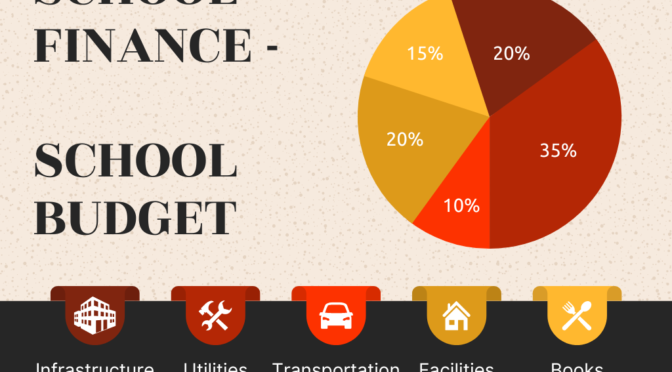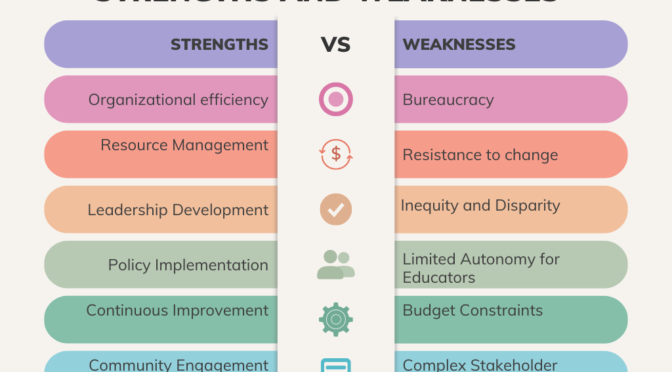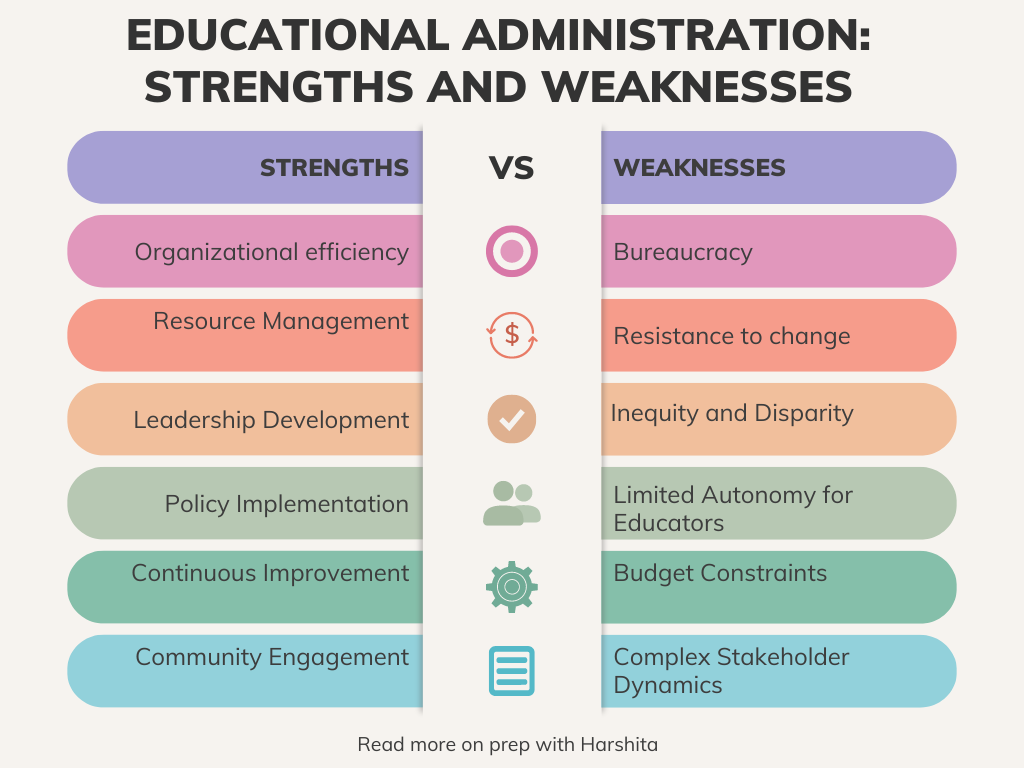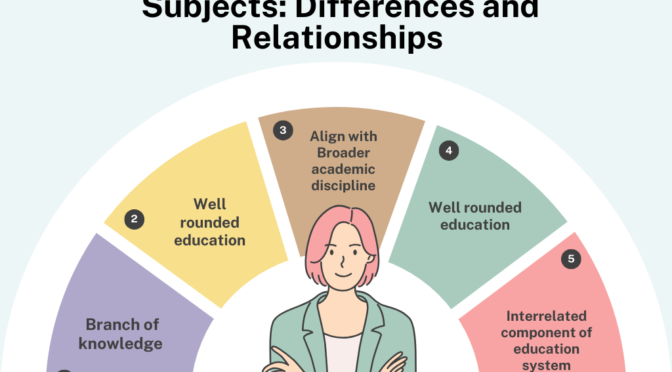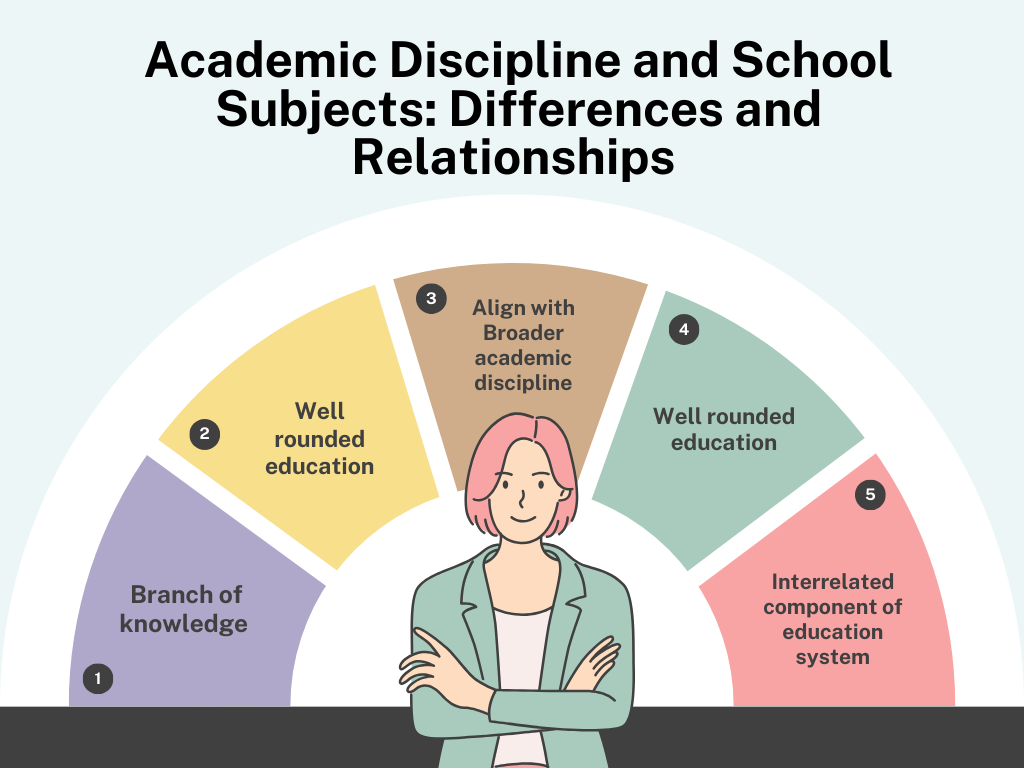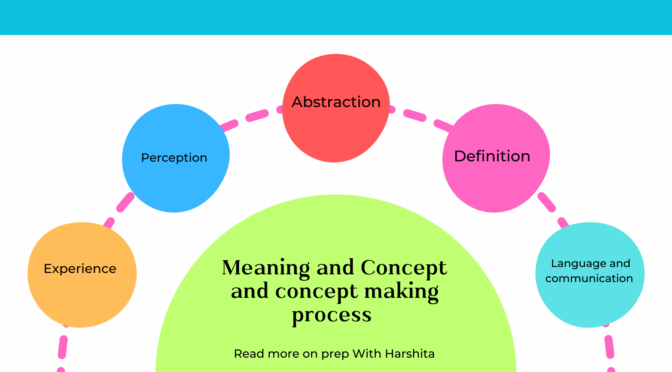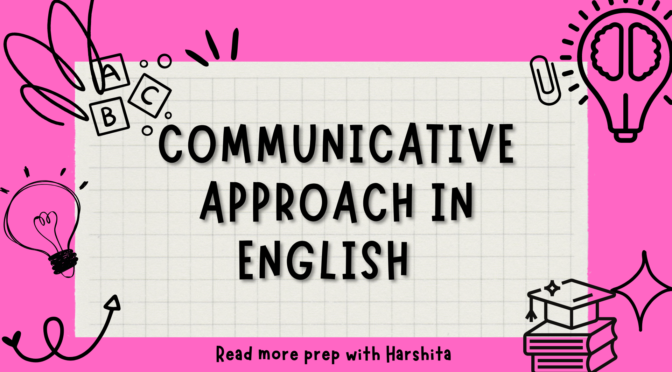School Budget
Revenue Budget :
- Tuition and Fees: Outline the fees charged to students for tuition, registration, and other educational services.
- Grants and Aid: Include any grants, scholarships, or financial aid received from external sources.
- Fundraising: Detail funds raised through school events, donations, and community fundraising efforts.
Capital Budget:
- Infrastructure Investments: Allocate funds for the construction, maintenance, and improvement of school buildings and facilities.
- Technology Upgrades: Budget for the purchase and maintenance of technology infrastructure, including computers, software, and other educational tools.
Sources of Income:
Government Funding :
- Educational Grants: Specify funds received from government bodies earmarked for educational purposes.
- Subsidies: Outline any subsidies provided by local or national governments to support educational initiatives.
Student Contribution:
- Tuition Fees: Categorize fees based on grade levels or programs, including any discounts or special considerations.
- Extracurricular Fees: Detail charges for sports, arts, or other extracurricular activities.
Donation and Fundraising :
- Individual Donations: Specify contributions from parents, alumni, and other individual donors.
- Corporate Sponsorships: Include sponsorships from local businesses or corporations.
Investments:
- Endowment Funds: Highlight income generated from investments made using endowment funds.
- Interest and Dividends: Include any returns from investments made using surplus funds.
Expenditure:
Personnel Costs:
- Salaries and Benefits: Break down expenses related to faculty and staff salaries, as well as benefits such as health insurance and retirement contributions.
- Professional Development: Allocate funds for ongoing training and development programs for educators.
Operational Expenses:
- Utilities: Budget for electricity, water, and other utility costs associated with running the school.
- Maintenance: Include costs for routine maintenance, repairs, and upkeep of school buildings and grounds.
Educational Resources:
- Textbooks and Supplies: Detail expenses related to purchasing textbooks, educational materials, and classroom supplies.
- Technology: Allocate funds for the acquisition and maintenance of computers, software, and other technology resources.
Administrative Costs:
- Office Supplies: Include expenses for office supplies, stationery, and administrative materials.
- Administrative Staff Salaries: Account for salaries and benefits of administrative personnel.
Safety and Security:
- Security Personnel: Detail expenses for hiring security staff or contracting with security services.
- Safety Measures: Include costs for safety equipment, emergency preparedness, and training programs.
Transportation:
- School Buses: Budget for the operation and maintenance of school buses or contracted transportation services.
- Transportation Staff: Include salaries and benefits for transportation staff.
Also Read : Educational Administration
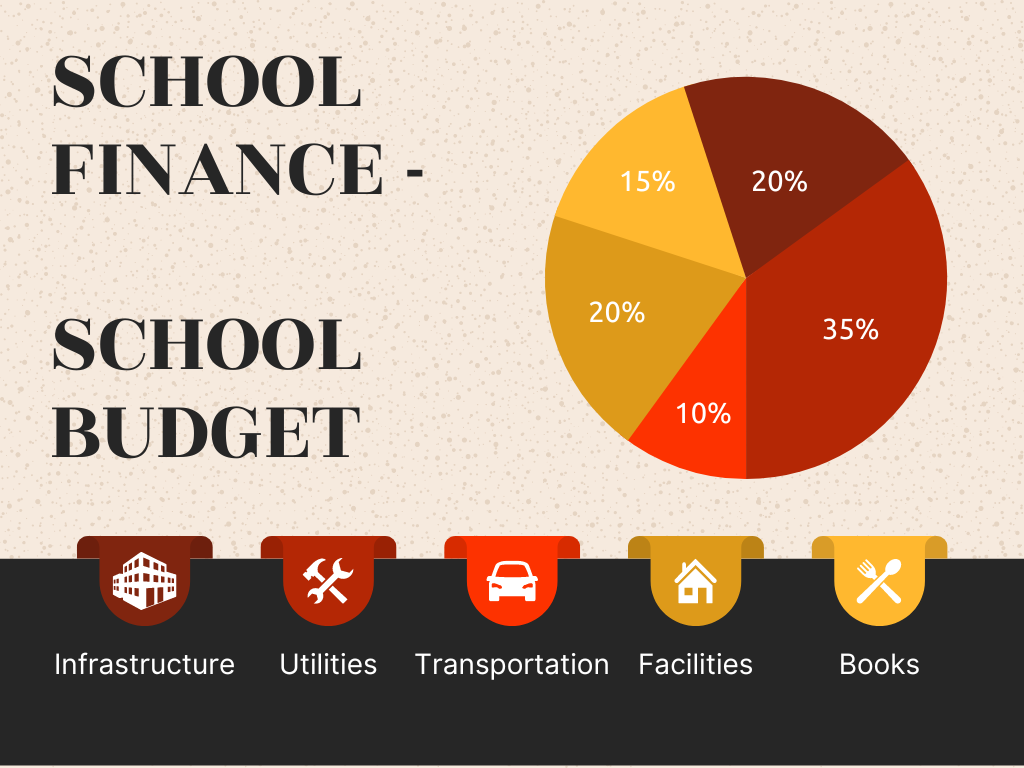
Also Visit : Prep with Harshita

